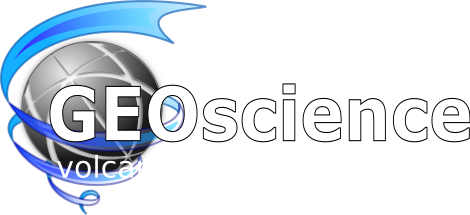TEACHER RESOURCES
STUDENTS
ADVENTURE AND FUN
ABOUT PROJECT
“Trail of extinct and active volcanoes, earthquakes across Europe” is 3 years Erasmus + project carried out by students and teachers from Poland, Portugal, Spain, France, Turkey and Italy. It is an interdisciplinary project combining Biology, Geology, Seismology, Physics, Geography, Language, Arts . In many developed and developing countries around the world, earth science education is lacking. Many students and adults do not have a formal understanding of the structure of the earth or earth processes. This is unfortunate as a large number of people all over the world live at or near areas where earth processes can and do create large amounts of damage and living in these areas increases people’s vulnerability to hazards. Volcanic eruptions, earthquakes, landslides, floods, and tsunamis are all examples of earth processes that affect huge amounts of people every year. Based on data from the Center for Research on the Epidemiology of Disasters (CRED), in 2007 hundreds of people were killed in geologic disasters and over one million people were affected by these events (EM-DAT 2007).
The project aims to provide students with the tools to study volcanoes in Volcano Observatories and broader look at the problem of volcanoes in Europe. Our education, trainings for students and teachers in research centers in Europe, and professional development program have been designed to offer both formal and practical opportunities for students to expand their knowledge and abilities of making observation and measurements in seismology, using special equipment to do researches of volcanoes in international groups.
Knowledgeable students and teachers can help to develop preparedness strategies for their schools and communities. Volcano studies will bring opportunities to explore current events in the Earth Sciences and prevent disasters in the world. The project is going to put the interest in volcanoes to good use by choosing a career that augments the work of volcanologists, seismologist. In response to the outbreak of Eyjafjallajökullu European Union funds research, to provide earlier and more precise warnings. On 1 January 2014 EU has launched a new program of the and innovation in the name “Horizon 2020”. Máire Geoghegan-Quinn, Commissioner for Research, Innovation and Science said: “Volcanic activity may affect the fate of thousands of Europeans, those living near active volcanoes, and the hundreds of kilometers away. Horizon 2020 new EU research program worth 80 billion euros, will continue to support this kind of research for the benefit of all Europeans. “
In response to new EU challenge our project wants to prepare new group of students, provide them knowledge, new skills and create new employees of the future. While volcanologists are carefully trained to monitor volcanoes and conduct scientific studies, they rely on other professionals to make communities resilient to eruptions. These careers include emergency managers, land-use managers, planners who maintain and exercise community safety plans, and classroom and community educators who work professionally and as volunteers to educate and prepare communities.
Naples’ sleeping volcano might be waking up
Campi Flegrei is a caldera—a collapsed volcanic crater—near Naples, Italy that formed 39,000 years ago in the biggest eruption in Europe’s last 200,000 years. It now sports fields of gaseous vents indicating that the volcano is still alive below the surface. The...
NEW ENERGY RESOURCE OF ICELAND
Iceland where is famous for Active spa, has been using geothermal energy to supply energy requirement for a long time. Iceland found new way to get more energy from volcanic area. Iceland has started a new project to get energy from volcanoes with deep hot holes that...
Wonderfull world of agates
Agate is a cryptocrystalline variety of silica, chiefly chalcedony, characterised by its fineness of grain and brightness of color. Although agates may be found in various kinds of rock, they are classically associated with volcanic rocks and can be common in certain metamorphic rocks
Main page of project:
Contacts:
Magdalena Szewczyk – coordinator, Poland – magda.szewczyk@slo-wroc.pl
Pınar Önal – website contributor, Turkey – marvel08pd@gmail.com
Aurora Minieri – website contributor, Italy
Francesco Nunziante – website contributor, Italy
